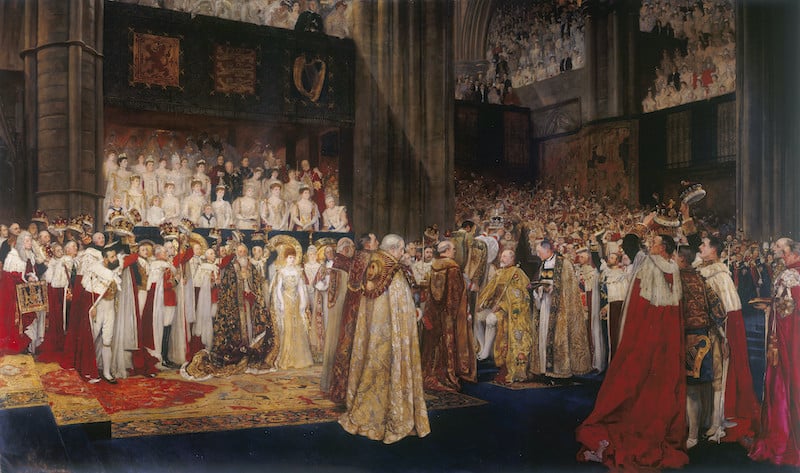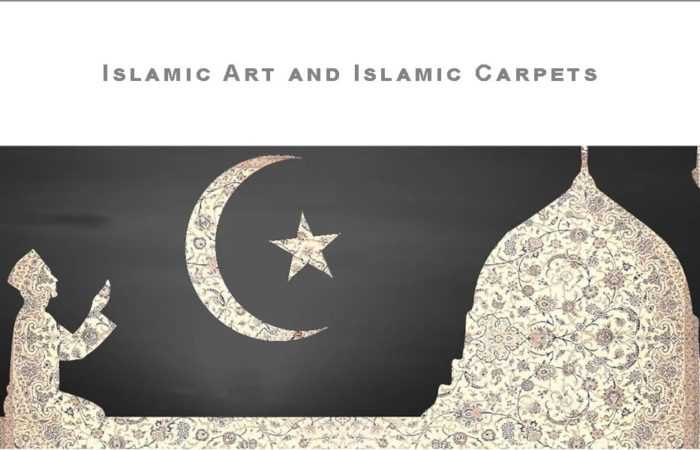The Stunning Coronation Carpet
Why was the Coronation Carpet named as such?
The Coronation Carpet is so named because of its use at the coronation of Queen Victoria’s son, Edward VII, in the United Kingdom in 1902. The carpet is very large, at 23 by 12 feet, which is likely why it was selected for the event. It is a wool pile Safavid dynasty carpet, thought to be woven in Tabriz.
Let’s explore more details of this stunning carpet
What type of rug was the coronation carpet?
The large, gallery sized carpet is thought to have been produced in Tabriz. Tabriz was the seat of the Safavid Court through 1555, and is recognized as the origin of this area rug because of the carpet’s high quality. Only the best of the best rugs came from Tabriz. No one is sure of the exact date of this carpet, though it was likely made in the second quarter of the sixteenth century. Very few area rugs from this early in the Safavid period survive. For the ones that do survive, an estimate of their age and date of manufacture is made based on a comparison with other, early Safavid art.

The Coronation Carpet.
The design of the rug is similar to the structure of other sixteenth century Persian rugs. It has four symmetrical quarters. In the center there is a large medallion, and the carpet is decorated with floral designs. The carpet also seems to depict a garden scene. Upon a closer look, the viewer will see plenty of trees and animal motifs. The small blue medallions could represent pools of water. However, the garden design takes a turn for the supernatural with its inclusion of motifs like phoenixes, dragons, and qilins. These are all mythological creatures from Chinese mythology.

Details of the motifs in the Coronation Carpet.
What was the history of the coronation carpet?
The Coronation Carpet got its name and notoriety from its use at the coronation of King Edward VII in the United Kingdom. It was displayed in Westminster Abbey directly in front of the King’s throne. It is also known for its appearance in Edwin Austin Abbey’s famous painting of the event. The Duveen brothers, art dealers commissioned by the royal family, are thought to have acquired the rug from Mardsen Perry, an American millionaire and collector.

Edwin Austin Abbey’s painting of the coronation of King Edward VII.
After the coronation in 1902, the carpet has passed through few hands. It was sold from Mardsen Perry to Clarence Mackay, an American financier, who held it until 1939. In that year it was sold to J. Paul Getty, famous patriarch of the Getty family, founder of the Getty Oil Company, and richest living American at the time (according to Fortune magazine.) Getty donated the carpet to the Los Angeles County Museum of Art (LACMA) in 1949, where it is in the same collection as the Ardabil carpet. It is still held by the museum today.
This rug blog about the Coronation Carpet was published by Nazmiyal Antique Rugs.



